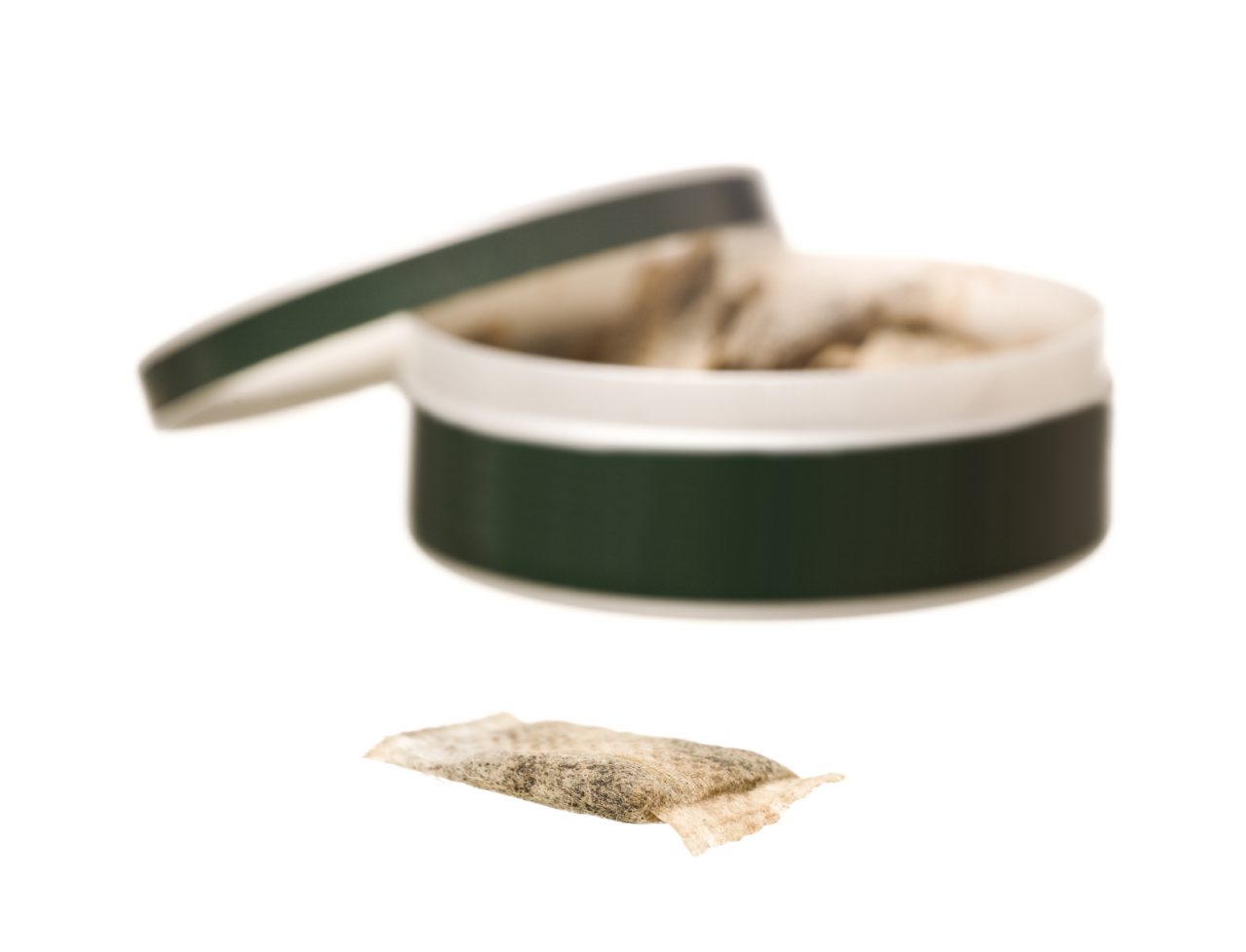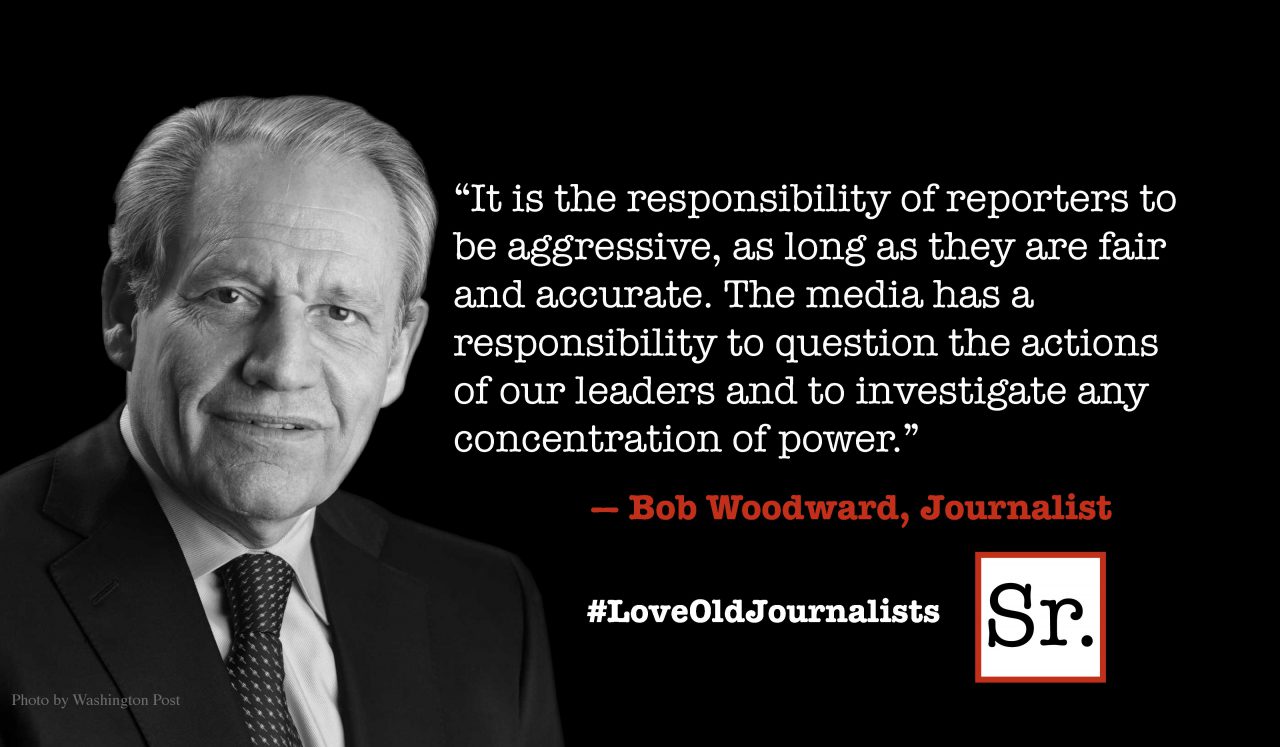Q. My husband quit cigarettes and now he’s chewing tobacco. What can I tell him to make him quit this disgusting habit?
For starters, you can tell him that chewing tobacco—like all other forms of smokeless tobacco—contains about 30 cancer-causing substances. Then you can follow up with these facts:
- The chances of getting a variety of cancers increases with the use of smokeless tobacco. These cancers can grow in your mouth, throat, esophagus, kidneys and pancreas.
- The cancers can kill you or leave you disfigured from surgery.
- Smokeless tobacco raises your pulse and blood pressure. There is evidence that this form of tobacco can increase the risk of getting heart disease or having a stroke.
- The ingredients in smokeless tobacco can make your gums pull away from your teeth. Eventually, you can develop gum disease and lose teeth.
- Leukoplakia is white patches that appear in your mouth where the tobacco is in contact with soft tissue. These patches can become cancerous.
- There is a lot of sugar in smokeless tobacco, so it can cause tooth decay.
- Smokeless tobacco puts more nicotine in your blood than cigarettes. Holding an average-size wad of smokeless tobacco in your mouth for a half-hour provides as much nicotine as smoking three cigarettes. The nicotine makes smokeless tobacco addictive. Neither the nicotine in your bloodstream nor the addiction to it are good for your health.
In 1986, the U.S. Surgeon General concluded that the use of smokeless tobacco “is not a safe substitute for smoking cigarettes. It can cause cancer and a number of noncancerous conditions and can lead to nicotine addiction and dependence.”
Since 1991, the National Cancer Institute, a part of the National Institutes of Health, has officially recommended that the public discontinue the use of all tobacco products.
There are many types of smokeless tobacco products. They are usually held in the mouth to savor the flavor and absorb nicotine. Then devotees usually spit out the consequent juices.
The types of smokeless tobacco include:
- Chewing tobacco. This comes in several forms: leaves that are sweetened and packaged in pouches, plugs that are tobacco and syrup pressed into a brick, and twists that are braided tobacco.
- Snuff. This comes either moist or dry. It is finely ground or shredded tobacco leaves packaged in tins or pouches. Dry snuff is sold in a powdered form and is snorted.
- Snus. Snus (pronounced snoose) is a spit-less tobacco in pouches that was invented in Sweden.
- Lozenges. These are pieces of compressed powdered tobacco. They dissolve in your mouth and don’t require spitting.
To quit tobacco of any kind, consult a physician or call 1-800-QUIT-NOW. You can learn more about this quitting program at http://www.smokefree.gov. The website was created by the Tobacco Control Research Branch of the National Cancer Institute.









